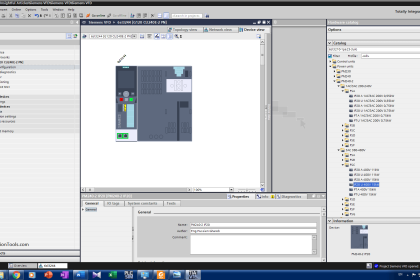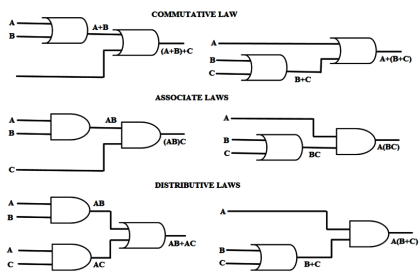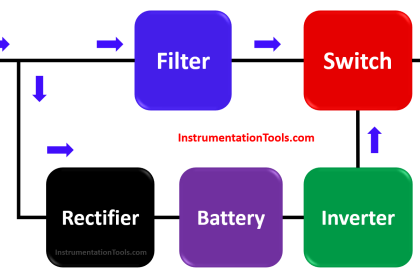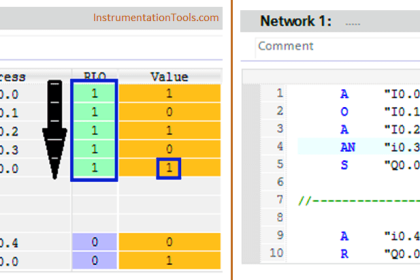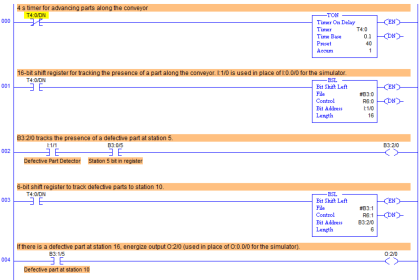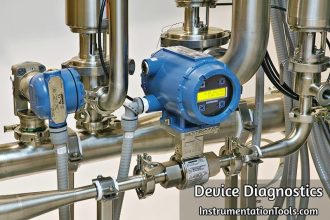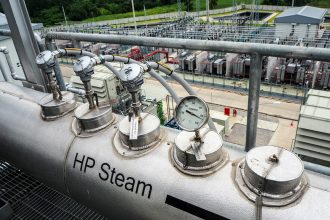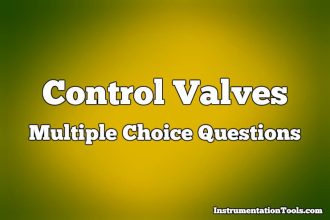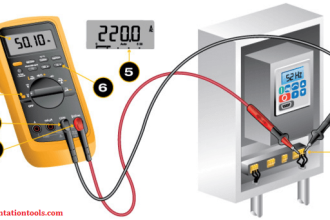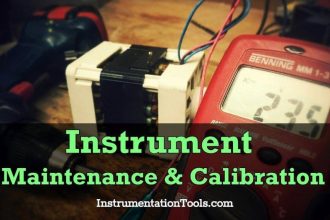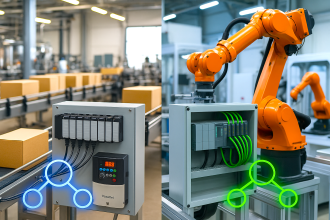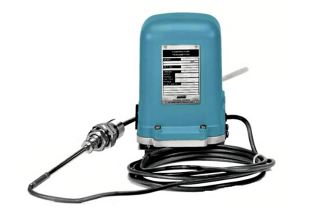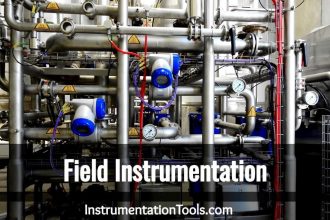There are many parts or components of SCADA system, which include hardware (input and output), controllers, networks, user interface, communications equipment and software.
All together, the term SCADA refers to the entire central system. The central system usually monitors data from various sensors that are either in close proximity or off site (sometimes miles away).
An industrial SCADA consisting of the following
- A central host or master station unit or, master terminal unit (MTU);
- One or more field data gathering and control units or remotes (usually called remote stations, remote terminal units, or RTU’s);
- A collection of standard and/or custom software used to monitor and control remotely located field data elements.
Contemporary SCADA systems exhibit predominantly open-loop control characteristics and utilize predominantly long distance communications, although some elements of closed-loop control and/or short distance communications may also be present.
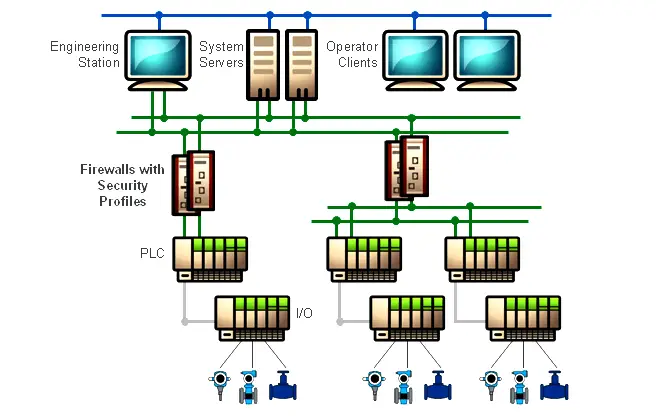
Image courtesy : tofinosecurity
Major components of SCADA
1) A collection of equipment’s that is provide the operator at remote location with enough information to determine the status of particular piece of equipment or entire substation or a plant or a dynamic network and cause actions to take place regarding that equipment or network without being physically present.
2) An arrangement for operator control and separation of remotely located apparatus using multiplexing techniques once a relatively small number of interconnecting channels.
3) Collecting Data from remote electrical equipment and controlling then through suitable communication medium.

Functions of SCADA
A SCADA system performs four functions:
- Data acquisition
- Networked data communication
- Data presentation
- Control
These functions are performed by four kinds of SCADA components :
1. Sensors (either digital or analog) and control relays that directly interface with the managed system.
2. Remote telemetry units (RTUs). These are small computerized units deployed in the field at specific sites and locations. RTUs serve as local collection points for gathering reports from sensors and delivering commands to control relays.
3. SCADA master units. These are larger computer consoles that serve as the central processor for the SCADA system. Master units provide a human interface to the system and automatically regulate the managed system in response to sensor inputs.
4. The communications network that connects the SCADA master unit to the RTUs in the field.
If you liked this article, then please subscribe to our YouTube Channel for PLC and SCADA video tutorials.
You can also follow us on Facebook and Twitter to receive daily updates.
Read Next:
Difference between SCADA & HMI
Architecture of Instrumentation System
Scaling Sensor into Engineering Units
What is Human Machine Interface ?


